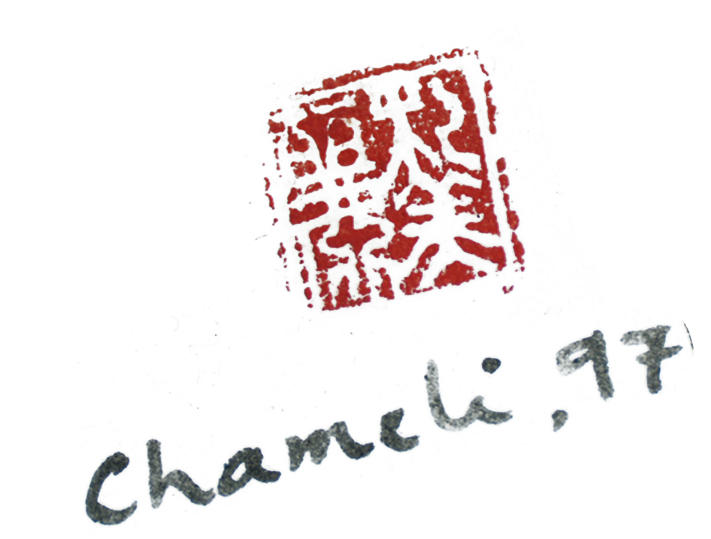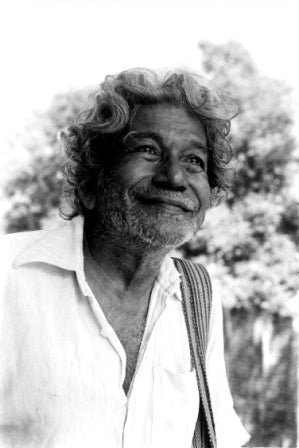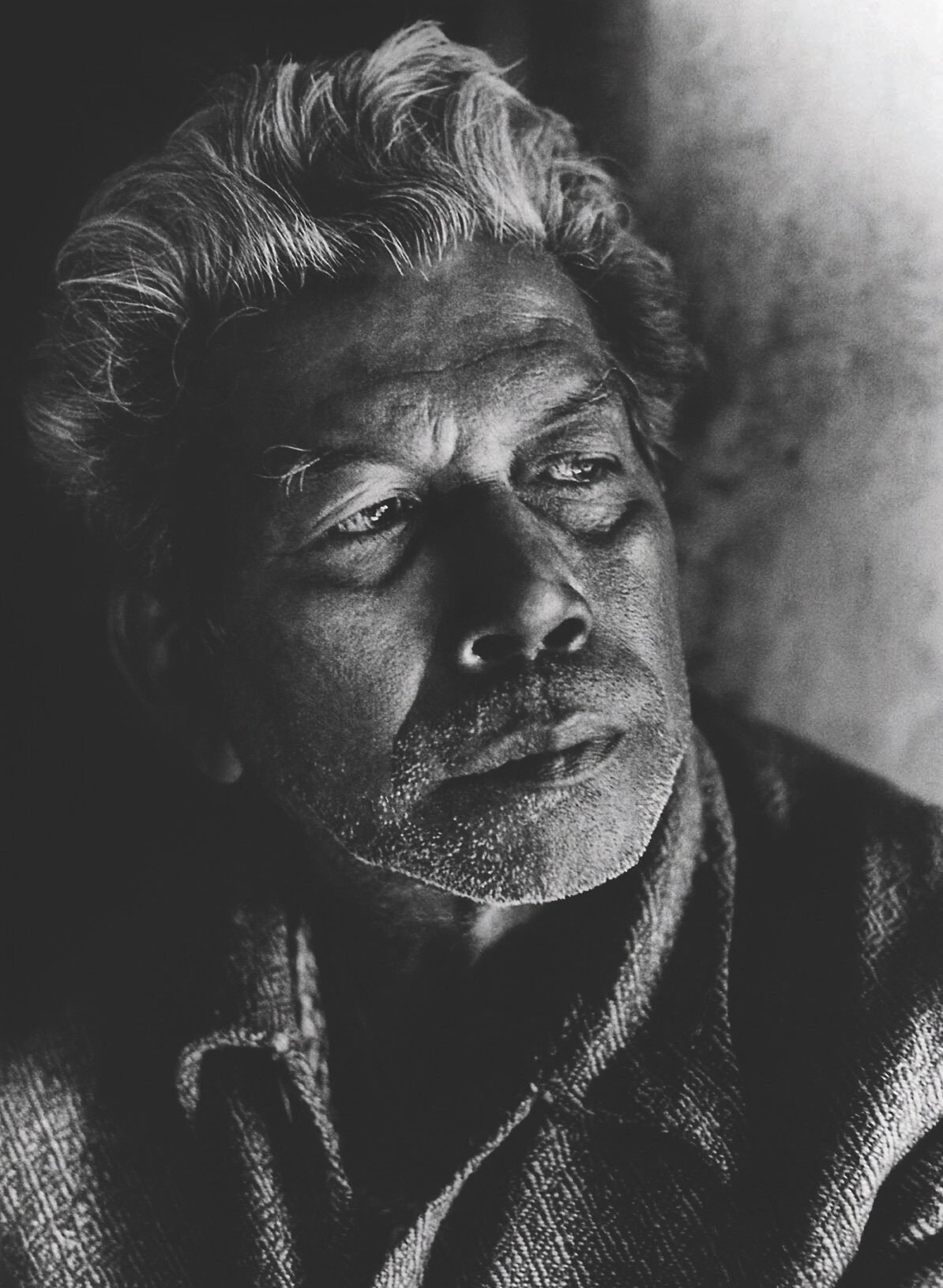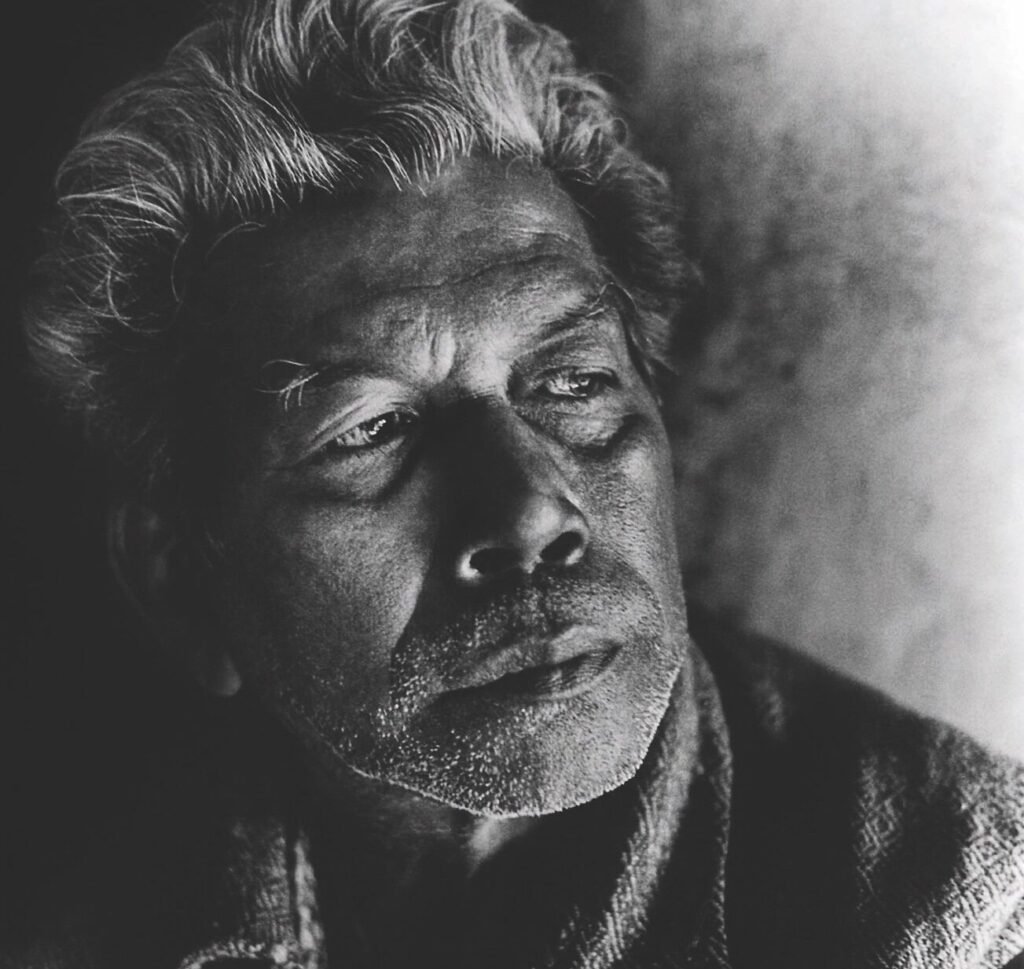Ramkinkar Baij, a pioneering figure in modern Indian sculpture, was born on November 25, 1906, in Bankura, West Bengal, into a modest family. Despite humble beginnings, he transformed Indian art with his experimental vision and unconventional approach. In 1925, he joined Kala Bhavan, Visva-Bharati University, Santiniketan, where he trained under Nandalal Bose and was influenced by Rabindranath Tagore. A visiting French sculptor introduced him to clay modeling, sparking his interest in sculpture.
Baij’s artistic philosophy emphasized blending traditional Indian themes with modern techniques, creating a unique style that was deeply rooted in Indian culture. He drew inspiration from folk art, rural life, and the struggles of ordinary people, themes that became central to his work.
He is best known for his monumental public sculptures, created using unconventional materials like cement and concrete. His iconic works include “Santhal Family” (1938)—India’s first modernist public sculpture—”Mill Call” (1956), depicting industrial laborers, and the Yaksha-Yakshi statues at the RBI building in New Delhi. His art seamlessly merged social realism with modernist techniques, making him a revolutionary force in Indian sculpture.






